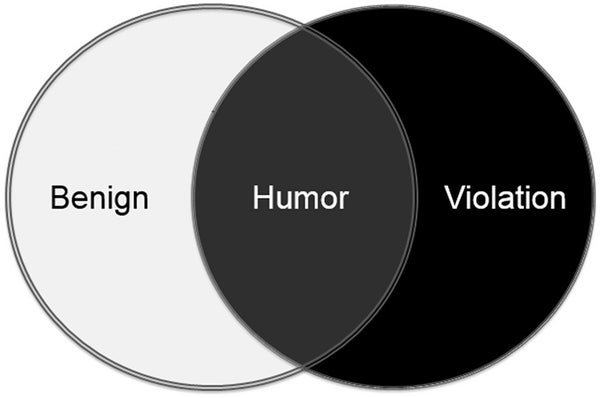This article was published in Scientific American’s former blog network and reflects the views of the author, not necessarily those of Scientific American
Many magicians use humor in their shows, both for the entertaining value and as a misdirection tool. The magic of the Spanish master Juan Tamariz is a great example of the latter. But magic audiences not only laugh at the magician’s jokes, but also at the magical effects themselves: the reading of a spectator’s mind, the disappearance of a coin into thin air, the transmutation of the ace of spades into the queen of hearts, all provoke hilarity.
Magicians are happy to accept the giggles, but are also puzzled by them. Why should magic often induce laughter?
An opinion article published earlier this month in PNAS offers a possible answer. Authors Caleb Warren and A. Peter McGraw review three common – but differing– perspectives in humor and propose a way to reconcile them. They indicate that a main problem each of the three perspectives faces, and cannot solve by itself, is that so many varied things are funny: tickles, puns, foolish behavior and sitcoms.
On supporting science journalism
If you're enjoying this article, consider supporting our award-winning journalism by subscribing. By purchasing a subscription you are helping to ensure the future of impactful stories about the discoveries and ideas shaping our world today.
The first perspective of the three is that humor arises from a violation, or some kind of threat to the person’s well-being, identity, or belief system.
The second perspective, in apparent conflict with the first, is that humor occurs in situations that are safe, playful and benign.
The third perspective is that humor results from situations that are incongruent or ambiguous.
Putting all three perspectives together, Warren and McGraw suggest that humor happens when: 1) something seems threatening, negative or wrong, but at the same time 2) acceptable, safe and okay, and 3) the two interpretations occur simultaneously. In other words, that humor arises from benign violations.

The simultaneous perception that something is threatening or wrong (violation) and nonthreatening and acceptable (benign) produces humor.
Warren and McGraw don’t address magic performances in their framework, or use any examples derived from magic to illustrate their thinking – but it seems to me that there is a good fit indeed. Magic trades in violating the very physical laws that we (think we) know by heart, but the violations occur in a nonthreatening, safe environment. Indeed, the same magic effects that we enjoy during a show would be terrifying in most other contexts. At some level, we experience the threat as well as the delight, and the juxtaposition of the two is unsettling enough that we can’t help but giggle. Isn’t that funny?